Ready to breathe life into your digital creations? In 2025, 3D sculpting isn’t just an art—it’s a superpower. Whether you are designing hyper-realistic characters, jaw-dropping game assets, or futuristic products, the right software can make all the difference.
But with so many tools out there, where should you start? This blog dives into the 14 best 3D sculpting software every modern artist must master. From industry giants to hidden gems, these tools will unlock your creative edge and push your designs to the next level. If you are serious about 3D, this is your ultimate sculpting toolkit—let’s get into it.
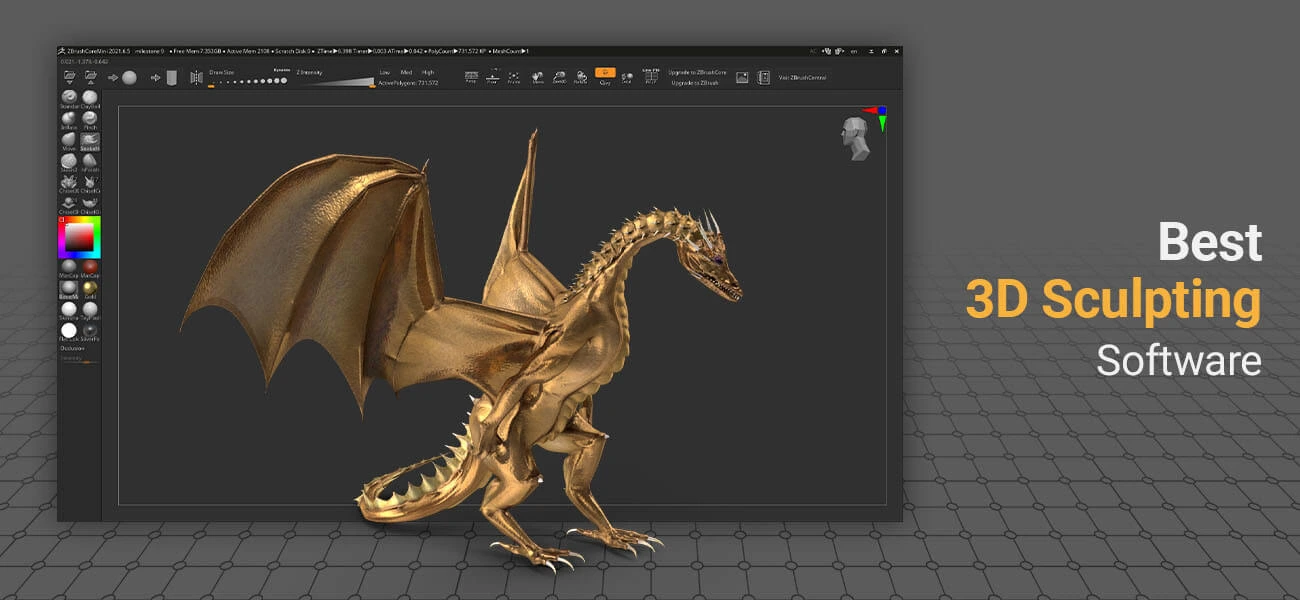
An overview of the article contents
We have discussed about the following 3D sculpting software in this article:
- ZBrush
- Mudbox
- Cinema 4D
- Modo
- 3D Coat
- Blender
- Sculptris
- Meshmixer
- Sculptgl
- Rocket F
- SelfCAD
- ZBrushCoreMini and ZBrushCore
- 3DC Printing
- Autodesk Maya
-
ZBrush
ZBrush traces its origin back to 1999; it was launched as a tool with minimum functionalities and over these years, it evolved as a great app. Using this tool, an artist can start his/her 3D sculpting work from the scratch, and if needed, fine details can be added to the meshes created in other programs with ease. The tool is really powerful but the unconventional interface, as well as workflow, makes the learning curve steep.
![zbrush software]()
zbrush software Pros
- It best suits heavy sculpting.
- Zbrush is ideal for detailed and high-poly work.
- Customizable brushes provide 3D artists with more room for creativity.
- The software has exclusive re-topographizing tools.
- Large user community
Cons
- Messy UI
- Steep learning curve
- Not suitable for renders
- Zbrush does not support low-poly modeling, rigging, and animation
- Expensive software that costs more than $795 for a single-user license
-
Mudbox
The finished product was released in 2007 and follows a certain level of a traditional approach. It looks and works like just any other three-dimensional application with familiar palettes, layer systems, and menus. It has a fully- featured painting system and multi-resolution sculpting. The latest version released has great interoperability with Maya, multitile UV mapping, and P-tex texturing technology.
![mudbox software]()
mudbox software Pros
- Easier to learn than ZBrush
- It has a perfect workflow with Autodesk products like Maya
- Flawless UVs and unwrap features
- Tons of beginner-friendly online tutorials and resources to learn
- Large user community
Cons
- Difficult-to-use user-interface
- Retopology tools are not precise
- Limited options of brushes
- Ineffective rigging tools
- More expensive than other programs in the marketplace
-
Cinema 4D
The 2012 release of this tool caught attention because of the software’s novel sculpting module. It featured multi-resolution sculpting and had advanced options for symmetry. To add fine details, it offered a wide range of different brushes, stamps, and stencils. The software also supports mirroring as well as mesh projection.
![Cinema 4D sofrtware]()
Cinema 4D sofrtware Pros
- Cinema4D is quite easy to use.
- It offers the best renders.
- 3D artists can effectively work with procedural and polygonal modeling, rigging, animation, and texturing
- Software is super stable with zero crash issues.
- It is a well-resourced program that has streamlined functions for each variant.
Cons
- The modeling workflow needs a few updates.
- UV painting and Bodypainting require a few tweaks.
- The user license costs around $3,700.
- Redshift integration is not seamless.
- The weight-mapping feature is dreadful.
-
Modo
When released in 2007, MODO 301 had a great sculpting tool-set. By this, it was possible to sculpt the meshes using a blend of mesh vertices management followed by vector displacement (image-based) maps for creating fine details.
Over the subsequent releases of this tool for 3d sculpting services, refinement of the system continued. MODO 501 features multi-resolution sculpting capability.
![Modo software]()
Modo software Pros
- Customizable UI and tools
- Supports scripting languages such as Python, Perl, Lua
- Hard-surface and organic modeling is a strong point of Modo
- Efficient shortcut keys and workflow options
- An efficient native renderer
- Enormous library of video tutorials
Cons
- Texturing process has troublesome issues
- Lack of tools for fluids and liquid simulation
- Not beginner-friendly software
- Software crashes frequently
- Exorbitant subscription fees
-
3D Coat
Contrary to other apps used by outsourcing Indian companies, 3D COAT is associated with three-dimensional pixels or voxels. The users don’t have to be concerned about the underlying topology.
The user simply draws a volume and can add geometry as he likes; the program will add voxels based on the need. Then the sculpted image gets converted into a surface just like other apps. As the objects are built using triangles, the final model should be re-topologised for creating a mesh that can be workable; the app has a really effective manual and automatic tools. Besides, there is also an all-inclusive tool-set for UV mapping and another toolset to perform painting.
![3DCoat software]()
3DCoat software Pros
- Easy-to-use poly modeling features
- Powerful and intuitive voxel sculpting tool
- Conventional and user-friendly UI
- Best retopology tool
- Easy swaps between UV space and 3D space makes surface texturing a breezy process
Cons
- Limited smart materials and does not support imports from other packages
- Lack of online learning resources
- Brush precision is a concern
- The 3D Coat does not read Adjustment layers
- The software does not support scripting.
-
Blender
With the launch of the version 2.43, BLENDER got equipped with sculpting tools. Here also, the multi-resolution system works almost like Mudbox and the ZBrush. Dynamic topology was added in version 2.66.
The system allows the user to add or remove geometry as per his/her wish. But the output generated will be a thickly triangulated mesh. You may thus have to spend time retopologising it. The 3D sculpting tool is highly advanced and user-friendly.
![Blender software]()
Blender software Pros
- The open-source software is highly responsive to any user ideas.
- It has quality features like fluid simulation, smoke simulation, particle simulation, skinning, rigging, and much more
- Best raster graphics editing tool
- Provides for smooth video editing and composition
- In-built keyboard shortcuts save time
- Skin modifiers help to draw base mesh quickly
- Add-ons are a big bonus
Cons
- Deep learning curve
- Cluttered menus and toolbars
- Requires hours of practice and dedication to master the software
- Extrusion tool creates new edge and vertex
- The right-click-only selection system is a bit troublesome
-
Sculptris
This digital sculpting software was developed by a popular 3D tool development company named Pixologic and it supports 3D printing as well. You can use this tool to generate elaborate meshes. This software comes for free and so you can use it to upskill yourself by using its various easy-to-use features. You can also import 3D meshes in .obj formats for adding more detailing and modifying the sculpts. This free tool does not have comprehensive features that you can find in ZBrush and so it is limited in terms of functionalities.
![Sculptris software]()
Sculptris software Pros
- Easy to learn and use software
- It offers more sculpting tools in comparison to regular modeling software
- Highly compatible with ZBrush
- Professional texture patterns
- Export STL files directly to a 3D printer
Cons
- Limited file format and tool support in the free version
- Slow rendering
- Software is not customizable
- Lacks some advanced sculpting features
- Hard surface modeling tools require some improvement.
-
Meshmixer
This is an advanced sculpting program that supports the easy handling of triangle meshes. This software was developed by Autodesk. This is one of the most popular software for generating 3D meshes. This software supports functions such as 3D scanning, 3D printing, sculpting, and object designing. When you use this software, you can ensure that all the objects are represented in proper geometry. Its latest version is 3.3 and some of its features are drag-and-drop, surface stamping, functionalities for creating lattices and patterns, measurements, mesh smoothing, mirroring, surface alignment, etc. This is a free program and so you can experiment with all its features and make your learning more effective.
![Meshmixer]()
Meshmixer Pros
- Fast and effective auto-repair functions cover all problem areas.
- Easy to use UI
- Complete set of tools to optimize STL files for 3D printing
- Support file imports from Fusion 360
- Remeshing algorithms help create efficient meshes
Cons
- File formats not compatible with others in the market
- Lacks diverse add-ons
- Contributes to the creation of complex meshes that crash often
- Limited views of the models
- The tool struggles to open and process large-sized STL files
-
Sculptgl
This is not exactly a program, but it is a free, browser-based application that you can use for free. This JavaScript and WebGL-based program does not need you to sign up in order to be able to use it for your project. This software can be used easily by beginners to master their digital sculpting skills. It has some really useful sculpting tools including standard tools such as twist, brush, drag, inflate, etc. PBR vertex painting tools support the functionalities for roughness and color, etc. It supports multi-resolution sculpting and features a surface-net meshing algorithm that supports voxel remeshing and uniform remeshing. It features a triangle-only topology and its files can be operated on in real-time. It supports the import and export of files in OBJ, PLY, and STL formats. It comes with the Redo/ Undo functionality.
![Sculptgl]()
Sculptgl Pros
- The mesh shaders feature helps enhance designs without affecting the main sculpt.
- The upload background feature allows importing customized images from outside.
- It provides options for painting 3D formats.
- It supports several file formats such as PLY, STL, and OBJ.
- It is compatible with Wacom tablets.
Cons
- Absence of cut-option to create holes in the models
- Does not have features to create hollow models
- Lacks measurement accuracy
- Not suitable for designing mechanical parts such as wheels and joints
- Not the best-fit for high-poly sculpting
-
Rocket3F
![Rocket3F]()
Rocket3F Rocket F is a really useful 3D sculpting software for beginners. Designers and concept artists use this software to create polygonal models. Developed by Samardac & IStonia Partnership Ltd, this software gives users a feel of the drawing. This is a very simple program that motivates beginners to try their hands on digital sculpting.
-
SelfCAD
This software is a comparatively new program in the market, but it is noted for its versatility. It comes with a lot of features that support 3D printing. It comes equipped with tools that support 3D sketching, sculpting, mesh modeling, and model slicing and repair. You do not need to download it to your computer because it is a browser-based application. However, you need a reliable internet connection to use this application efficiently. It has both paid and free versions. The free version comes equipped with major modeling features, however; you need to pay $ 15 per month in order to get access to certain features such as 2D to 3D image conversion, direct exportation, etc. This is a great option for beginners as well as users in the intermediate level. This application works well on all major browsers.
![SelfCAD]()
SelfCAD Pros
- The free version has several modeling features.
- Browser-based program
- Offers many features for 3D printing
- Has traditional 3D sketching and sculpting tools
- Supports several file formats (only paid version)
Cons
- Users have to pay to unlock the direct export and the image-to-3D model conversion features.
-
ZBrushCoreMini and ZBrushCore
You cannot find a list of top sculpting software without ZBrushCoreMini and ZBrushCore. These two free versions of ZBrush best suit those who want to experiment with 3D sculpting without any sound ZBrush options. So, if you want all the basic features of ZBrush at reduced prices then ZBrushCore and ZBrushCoreMiniare for you.
![ZBrushCoreMini]()
ZBrushCoreMini ![ZBrushCore]()
ZBrushCore Pros
- Supports mesh detailing, texturing, painting and rendering
- Suitable for professionals who are more focused on 3D modeling
- Compatible with Windows and macOS
- Subscription fee for ZBrushCoreMini is approximately $10/month and approximately $180 for ZBrushCore
Cons
- One cannot import/export FBX files.
- A limited number of brushes than ZBrush
- Not suitable for hard surface modeling
- Absence of mesh projection and UV mapping tool
-
3DC Printing
If you are into creating 3D printable models, then 3DC printing offered by the developers of 3DCoat is a good choice. When your focus is on 3D printing applications, then 3DC printing is the best option even though it has only basic features.
![3DC Printing]()
3DC Printing Pros
- The software is suitable for Voxel sculpting
- It has advanced texturing tools
- Supports UV mapping
- Compatible with all popular browsers
- The subscription fee is approximately $50
Cons
- The professional version is a bit on the pricier side, costing around $379
-
Autodesk Maya
Maya is a well-known 3D animation and modeling program in the history of CG. This software has been an Autodesk product since 2005 after Autodesk acquired it from Canadian corporation Alias.
It offers users powerful sculpting, animation, and rendering workflow. The software has adaptive retopology and remeshing features.
If Autodesk can be compared with Adobe, then Maya is equally famous as Photoshop.
![Autodesk Maya]()
Autodesk Maya Pros
- The program has exceptional motion-capture handling capabilities
- The Paint effects help the users to draw free-hand 3D shapes
- Seamless integration with AutoDesk Mudbox
- Works well on graphics tablets with touch controls
- Users can use clay and other modeling materials to sculpt
Cons
- A steep learning curve indicating hours of dedication and practice
- Node editor and scene hierarchy are complex to work with
- Compatibility issues with other Autodesk products exist
- An expensive price tag of $1,620/year
So, this was our list of the top 3D sculpting software for 3D sculptors. If you think that you can add a few more names to this list, we would appreciate your inputs. Do let us know if you have used any of these programs; we would be happy to hear from you. Stay in touch with us to get more updates on 3D services.
Conclusion
In 2025, the world of digital art demands more than just talent—it requires the right tools. This curated list of the best 3D sculpting software isn't just a roundup; it's a roadmap for every artist ready to push boundaries. From powerful industry standards to nimble, mobile-friendly apps, these tools cater to diverse needs and styles.
Whether you are sculpting characters for games or creating lifelike models for product design, mastering these platforms can transform your creative journey. The future of 3D art is dynamic, and with the right software by your side, you're not just keeping up—you are leading the way.

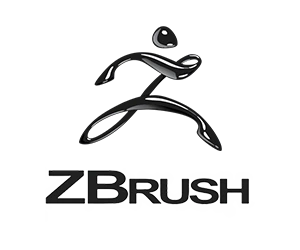
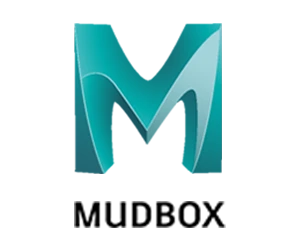
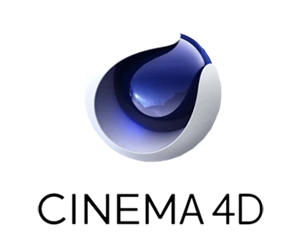
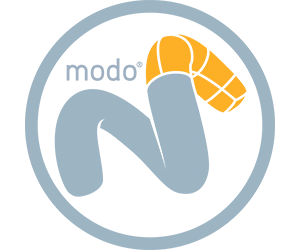
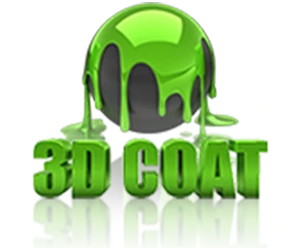
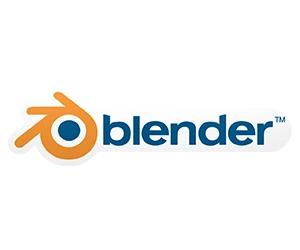


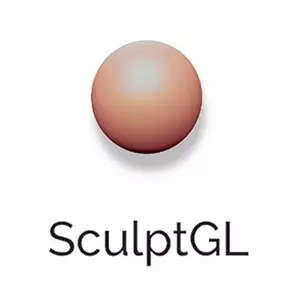




Social Media Video Editing